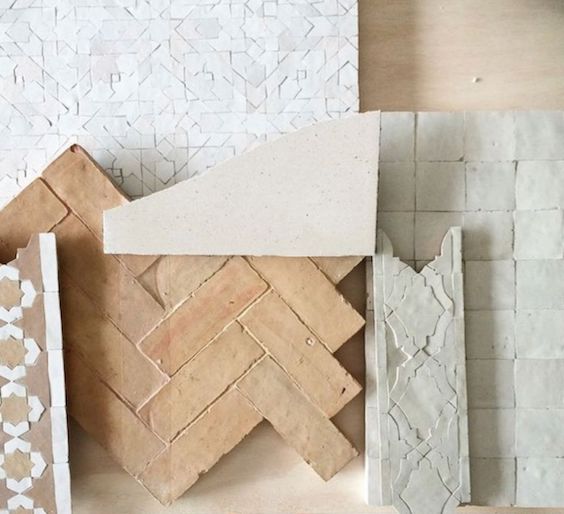It is not the first time I have been asked why in Spain houses are made of brick and, for example, in the United States they are made of wood.
For architects or builders this answer may be obvious, but for those who have nothing to do with the construction sector I leave here the reasons why in Spain is not built with wood.
35% of people are renting, while others are looking for cheaper homes so as not to mortgage for life – U.S. Department of Commerce.
Why aren’t wooden houses being built in Spain?
Mainly for 4 basic reasons:
Customs
Or cultural aspects such as geographic mobility. In the U.S., where most people live in rented accommodation, this mobility is much greater than in Spain, where society is more attached to the family and mobility is much lower. Here, housing is generally considered the largest future investment.
Weather
It is obvious that winters in the U.S. have nothing to do with those in Spain, so there they look for materials that provide warmth and serve as insulation against the cold and here options to insulate against the heat.

Natural resources
In the U.S., wood as a raw material is much more abundant than in Spain, and therefore it is more economical to use it to build houses.
In addition, the shortage of wood in Spain makes it unfeasible to supply the housing demand of an entire country. Here the construction of clay brick houses proliferated, although little by little cement and concrete have been used more and more.
Meteorology
Tornadoes, hurricanes and earthquakes in the U.S. are quite frequent, and the flexibility of wood in the face of these effects is not provided by other materials, although it is true that they use brick or concrete to build basements.
However, in Spain the geological and meteorological situation is much more stable, and what matters is to build houses that resist heat, among other things.
But why build with brick?
In addition to the flexibility I have mentioned, bricks are resistant to all types of weather, so they tend to be more durable than wood.

Unlike this one, they do not require much maintenance, since they do not need to be improved in order to fulfill their function. In fact, they are resistant to high temperatures and insect damage, such as termites, to materials such as wood.
In terms of consumption, which we are so concerned about now, brick houses are a good long-term investment, as the heat and cold (in winter and summer, respectively) are kept longer in the house.
Which is better, a wood or brick house?
Answering this question depends on many factors, such as price, durability or the features you are looking for.
To help you with the decision, here are some of the advantages and disadvantages of building with one material or another.
Advantages of building with wood
- It is more economical (650 to 800 €/m2).
- It offers more design options.
- It can be built in less time (about 6 months).
- It is an ecological and renewable material.
- It is a natural insulator.
- It represents a significant energy saving.
- Less cumbersome construction.

Advantages of building with brick
- It is very adaptable to different types of construction.
- Very resistant.
- No maintenance is required.
- It resists well to any type of climate.
- It is a good insulator of both cold and heat.

Disadvantages of building with wood
- It requires specific maintenance, especially waterproofing.
- Depending on the weather, its resistance is lower.
- You don’t need that much raw material to build.
Disadvantages of building with brick
- A lot of material is needed.
- It needs to be coated both inside and outside, which increases the cost.
- Construction times are longer than with wood.

How long do brick houses last?
If you know how the story of the three little pigs and the big bad wolf ends, you won’t need me to tell you. Unless it’s the Hulk blowing and not the wolfie, building with hollow brick can mean a home has a lifespan of around 100 years.
Ninety percent of the houses built are made of hollow brick.
The
hollow brick
comes from solid brick (the one that comes to mind when you say “think of a brick house”). This differs from the solid one in that it has a series of small holes on the inside, which makes it lighter, more economical (as it has less material) and easier to install.
Answering your question, in general, the useful life of brick houses is about 30 to 50 years. Although, it is true that if you live in it and maintain it properly, this time can be extended to 75 years or more.
Even so, like the United States, there are other countries that prefer not to use bricks, or it is simply not profitable for them.
What other countries build with wood?
Our northern friends(Finland, Sweden or Norway) are at the top of the list of countries that use wood as a basic building material; 98% of their houses have a wooden structure. This percentage is 40% in Germany and 80% in Canada.
Canada
.
Choose the best insulation
Did you know that cladding your living room in wood or brick can insulate your home up to 70% better than a radiator?


